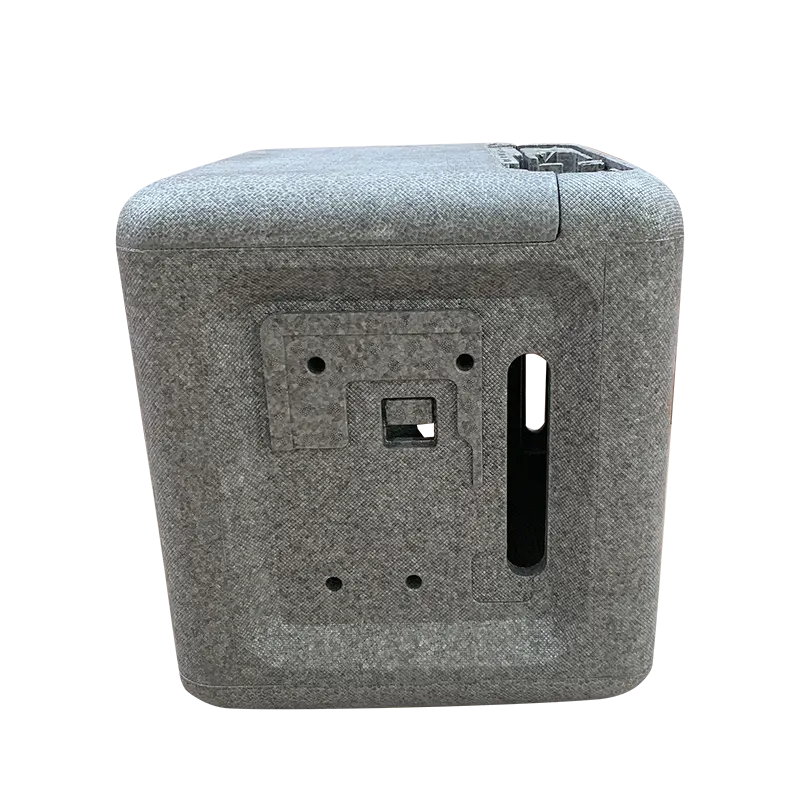Mastering EPO Model Plane Molds: A Comprehensive Guide for Manufacturers
Release time:
2025-08-18 10:22
In the realm of model plane manufacturing, the choice of materials and molding techniques can significantly affect the final product's performance and quality. One popular choice among manufacturers is the use of EPO (Expanded Polyolefin) for model plane molds. EPO is a lightweight yet durable material, making it ideal for creating model aircraft that require high strength-to-weight ratios.
EPO is known for its excellent impact resistance and thermal stability, attributes that are crucial in the manufacturing of model planes. The material’s ability to maintain its structural integrity during various environmental conditions ensures that the finished products are both resilient and reliable. Moreover, EPO offers a smooth surface finish, which minimizes the need for extensive post-production work, ultimately saving time and costs for manufacturers.
When creating EPO model plane molds, it is essential to understand the different molding techniques available. Common methods include injection molding and compression molding. Injection molding allows for precise control over mold designs and is ideal for large production runs. On the other hand, compression molding is often used for smaller batches, providing a cost-effective solution for custom designs.

To achieve optimal results with EPO model plane molds, manufacturers should also consider the importance of mold design. A well-designed mold reduces the likelihood of defects, such as air pockets or uneven surfaces, which can compromise the structural integrity of the final product. It is beneficial to work with experienced mold designers who understand the nuances of EPO and can create molds that meet the specific needs of the model planes being produced.
Another critical aspect is the curing process of the EPO material. Proper curing ensures that the material reaches its maximum strength and performance characteristics. Manufacturers should adhere to recommended curing times and temperatures to ensure quality consistency across their product lines.
In addition to technical considerations, staying updated with industry trends and advancements in EPO technology can provide manufacturers with a competitive edge. Regularly attending trade shows, workshops, and seminars can open avenues for learning about new techniques, materials, and equipment that can enhance mold production processes.
In conclusion, EPO model plane molds present unique advantages for manufacturers in the mechanical hardware processing sector. By understanding the material properties, mold design intricacies, and production techniques, companies can create high-quality model planes that stand out in the market. Embracing innovation and continuous learning will be key to success in this dynamic industry.
EPO model plane mold
Related News




